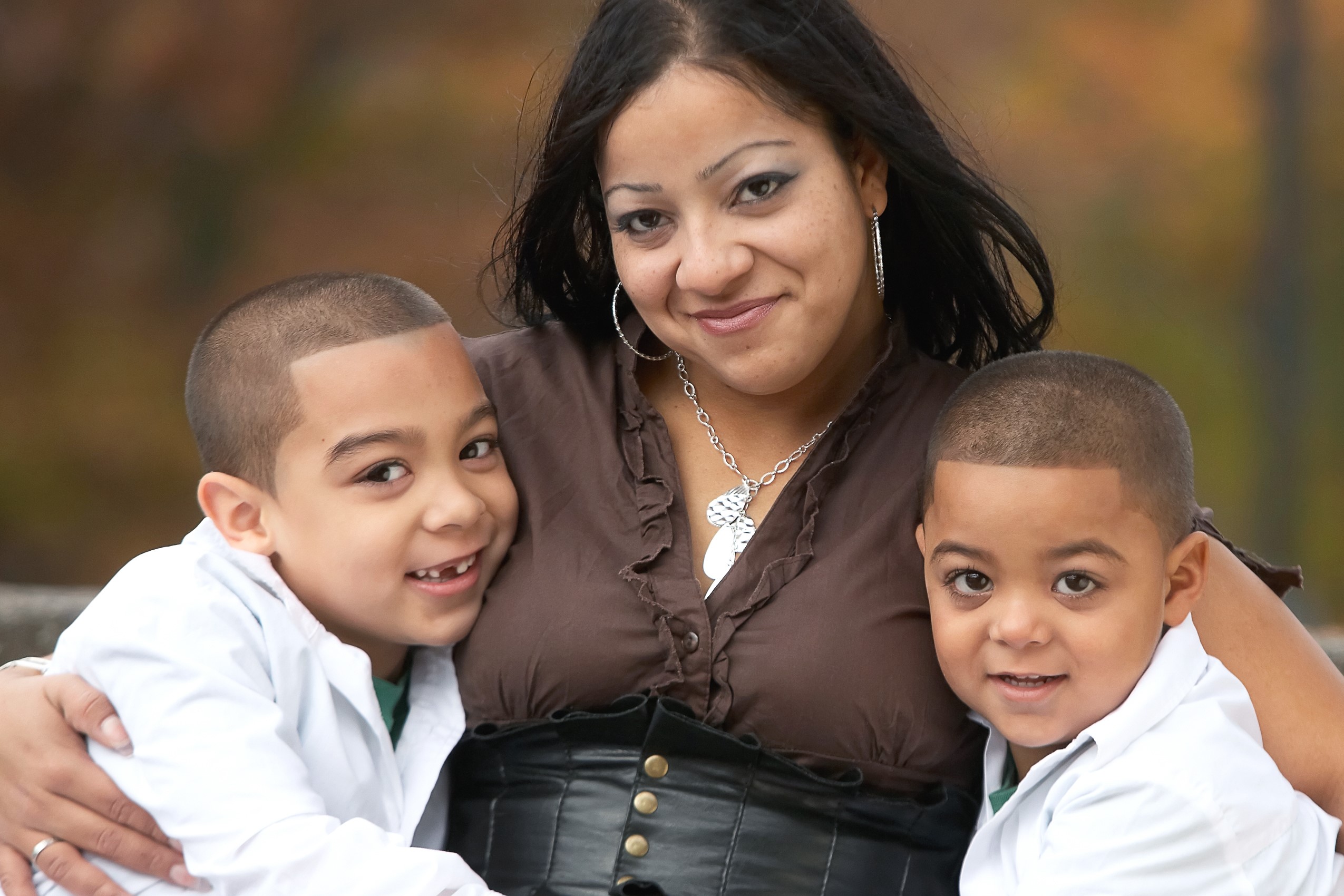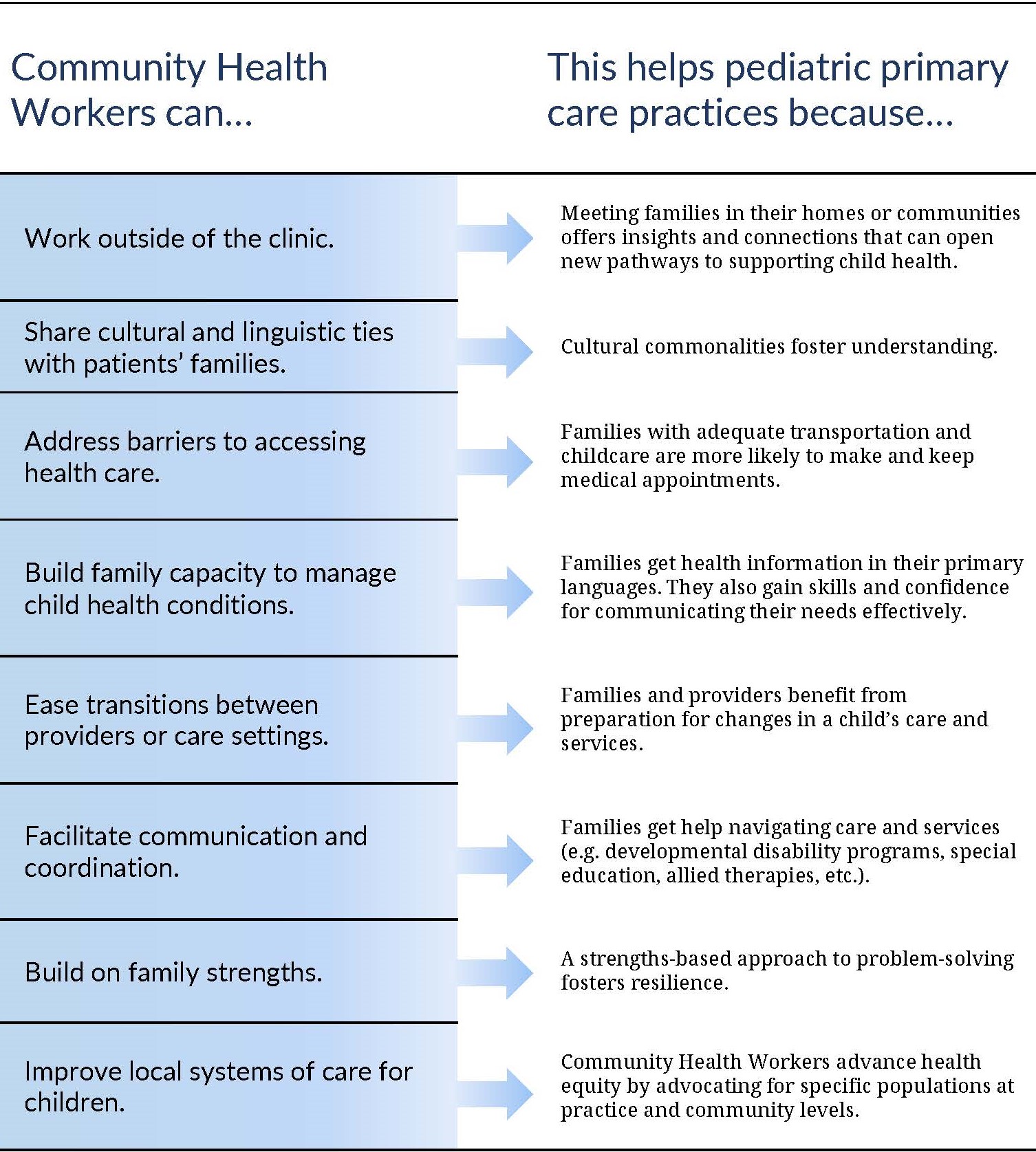Community Health Worker Project
Strengthening the workforce for children and youth with special health care needs
Community Health Workers are a valuable asset to care teams serving children and youth with special health care needs (CYSHCN). They have unique opportunities to advance health equity for CYSHCN by addressing some of the social determinants of health. They can offer culturally and linguistically appropriate services to CYSHCN and their families. They can also help health care providers make the most of their practice resources, which improves the system of care for all children.
OCCYSHN developed a self-paced, online course for Community Health Workers, to train them on addressing the particular needs of CYSHCN and their families. Supporting Families: Navigating Care and Services for Children with Special Health Needs teaches the fundamentals of partnering with Oregon families to get what they need for their children’s health and development. While the course is part of a larger Community Health Worker program, it is also available as a stand-alone training. The content is relevant to a variety of professionals who work with CYSHCN, including pediatric care coordinators, home visitors, family navigators, and case managers. Continuing education credits are available.
Learn more about Supporting Families: Navigating Care and Services for Children with Special Health Needs at Oregon State University's Community Health Worker Training site.

Using Community Health Workers in Primary Care Practice
Children with special health care needs are especially well-served by Community Health Workers, who help families navigate the extra care and services they need. The skills Community Health Workers use with this population apply to serving all children and families, not just CYSHCN. Community Health Workers help free clinician time, allowing everyone to work at the top of their license. When they help families access local resources and supports, Community Health Workers foster strong partnerships between providers and the families of their pediatric patients.
